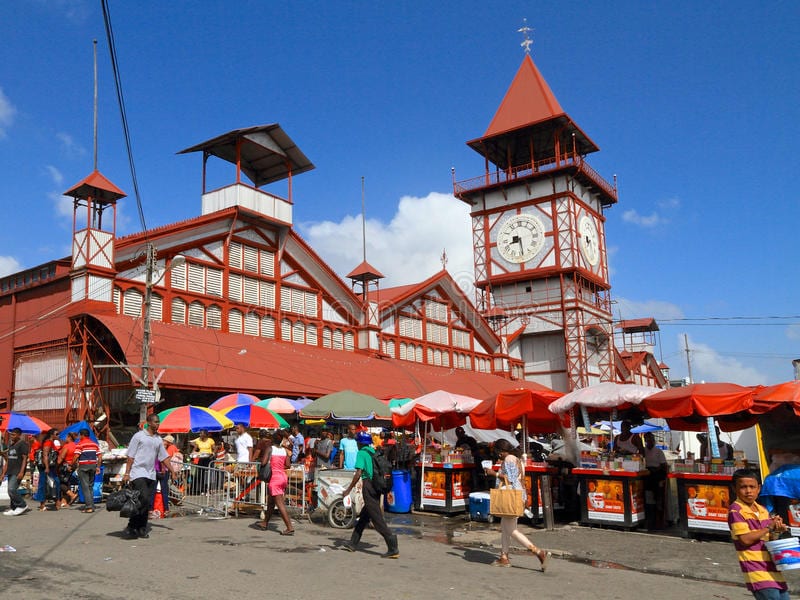A recent report by the Inter-American Development Bank (IDB) has underscored the critical role of investments in education to effectively tackle Guyana’s alarming adolescent pregnancy rates. Within the broader context of challenges facing the Amazon region, the May 2024 report sheds light on the urgent need for a new development model that fosters socio-economic growth while preserving the environment.
According to the report, Guyana records a staggering 74 births per 1,000 girls aged 15 to 19 years. This figure not only surpasses both the national and Amazonian averages but also ranks as the highest rate in the English-speaking Caribbean. This revelation underscores a pressing issue within Guyanese society, prompting calls for targeted interventions to address the root causes of adolescent pregnancy.
In response to this challenge, the report notes that Guyana took a significant step forward in 2018 by establishing a National Policy for the reintegration of teenage mothers into the formal school system. This policy aims to empower teenage mothers to continue their education by providing support and resources within public teaching institutions.
Key objectives of the policy include raising awareness among parents, community groups, and adolescents, creating supportive environments for pregnant students and their teachers, and offering guidance, psychosocial support, parenting sessions, and family support groups. Additionally, the policy emphasizes the importance of postnatal services and childcare to ensure the well-being of teenage mothers and their children.
The implementation of such policies represents a crucial effort by Guyanese authorities to address the multifaceted challenges surrounding adolescent pregnancy. By prioritizing education, awareness, and support services, authorities aim to mitigate the adverse effects of early motherhood on young girls’ lives and empower them to pursue brighter futures.











